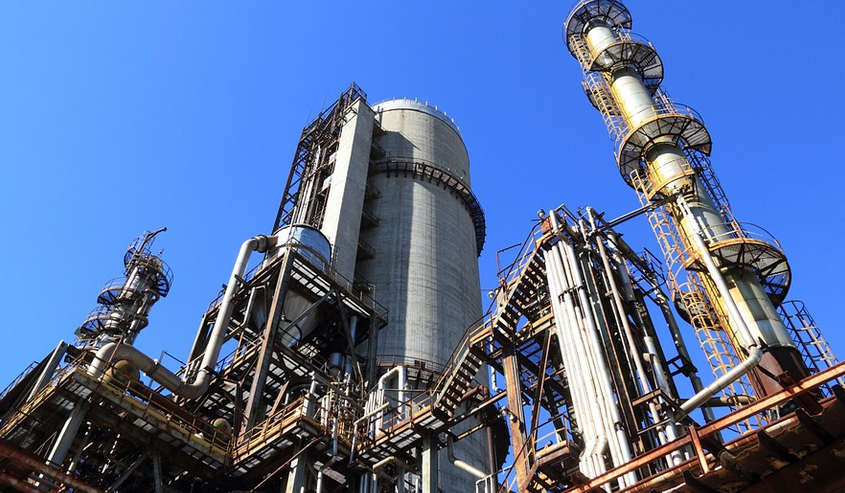Introduction
Sediments are naturally occurring materials that settle on the surface of the earth or the ocean floor. These sediments can be classified into three categories: mechanical, chemical, and organic. Each of these sediments has unique properties that distinguish them from one another. In this article, we will compare and contrast mechanical, chemical, and organic sediments.
Mechanical Sediments
Mechanical sediments are formed from the physical breakdown of rocks, shells, and other materials by processes such as erosion, weathering, and abrasion. These sediments are transported by wind, water, and ice and deposited on the earth’s surface. Examples of mechanical sediments include sand, gravel, and silt.
Properties of Mechanical Sediments
Mechanical sediments are typically coarse-grained and have a high porosity, which allows water to flow through them easily. They also have a low compaction rate, which means they do not settle easily. Mechanical sediments are often found in areas with high energy, such as rivers, beaches, and deserts.
Chemical Sediments
Chemical sediments are formed from the precipitation of minerals from water solutions. These sediments are often found in areas where water is evaporating or where there is a high concentration of dissolved minerals. Examples of chemical sediments include limestone, gypsum, and halite.
Properties of Chemical Sediments
Chemical sediments are typically fine-grained and have a low porosity, which means water does not flow through them easily. They also have a high compaction rate, which means they settle easily. Chemical sediments are often found in areas with low energy, such as lakes, oceans, and caves.
Organic Sediments
Organic sediments are formed from the remains of plants and animals. These sediments are often found in areas where there is a high concentration of organic matter, such as swamps and bogs. Examples of organic sediments include coal, peat, and oil.
Properties of Organic Sediments
Organic sediments are typically fine-grained and have a high porosity, which allows water to flow through them easily. They also have a low compaction rate, which means they do not settle easily. Organic sediments are often found in areas with low energy, such as wetlands and marshes.
Comparison of Sediments
Mechanical sediments are formed by physical processes, chemical sediments are formed by chemical processes, and organic sediments are formed by biological processes. Mechanical sediments are typically coarse-grained, while chemical and organic sediments are typically fine-grained. Mechanical sediments have a high porosity, while chemical and organic sediments have a low porosity. Mechanical sediments have a low compaction rate, while chemical and organic sediments have a high compaction rate.
Conclusion
In conclusion, mechanical, chemical, and organic sediments are three distinct types of sediments that have unique properties. Mechanical sediments are formed by physical processes, chemical sediments are formed by chemical processes, and organic sediments are formed by biological processes. Each of these sediments has different grain sizes, porosities, and compaction rates. Understanding the properties of these sediments is important for geologists and other earth scientists.

